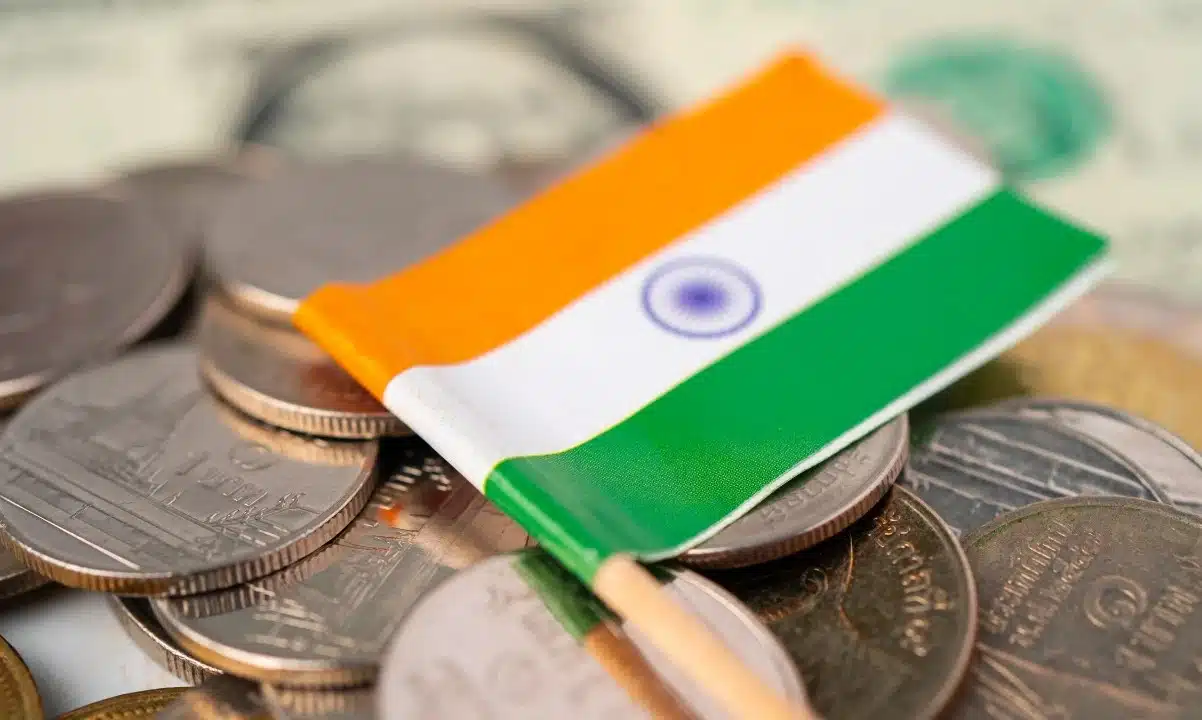- India’s digital-rupee revolution links blockchain with cross-border payment systems.
- Tokenized rupees and stablecoins reshape India’s financial landscape.
- Blockchain’s role strengthens India’s global trade corridors and payment infrastructure.
India is accelerating its push towards a digital-rupee ecosystem, with blockchain technology and innovative payment systems playing a key role in reshaping the country’s financial landscape. This shift toward digital currency, driven by central bank-backed e₹ and tokenized rupees, has the potential to transform both domestic and cross-border transactions.
As the nation’s digital economy expands, policymakers and technology firms are working together to explore blockchain solutions that could seamlessly integrate with India’s robust payments infrastructure.
According to recent developments, the rapid adoption of blockchain networks such as Polygon positions India at the forefront of a digital payments revolution. These technologies are not just limited to domestic transactions but are poised to enhance international trade by enabling quicker and more secure settlements.
Blockchain’s ability to support tokenized rupees and stablecoins provides businesses with an efficient and regulated pathway for transactions, while simultaneously bolstering liquidity and market integration.
A New Digital Infrastructure for India’s Payment System
India has already made significant progress in building a comprehensive digital payments system, notably with the success of UPI, which has transformed how millions of people transfer money daily. October data reflects a significant demand for digital payments, with over 20 billion transactions recorded.
The government’s Open Network for Digital Commerce (ONDC) has furthered this vision, promoting open commerce and encouraging innovation in digital infrastructure.
The current focus now shifts to expanding beyond simple payments to a programmable framework that leverages blockchain for more complex financial operations. For instance, the e₹ is already facilitating instant transfers across various sectors, such as banks, retailers, and individuals.
Meanwhile, pilots exploring on-chain trade finance and programmable settlements are underway, with banks like ICICI and HDFC testing the use of blockchain to eliminate settlement delays.
Programmable Layers and Cross-Border Integration
Central to this transition is the development of tokenized rupees and INR-backed stablecoins. These digital assets function like stablecoins but are supported by the Indian central bank, offering businesses a secure and efficient means of managing transactions.
These tokenized rupees are expected to play a vital role in linking traditional finance with emerging blockchain markets, allowing companies to settle payrolls, manage supplier payments, and streamline digital lending within a unified digital framework.
Furthermore, INR-denominated stablecoins could provide significant advantages for international trade. As some Indian companies explore stablecoins backed by government securities, they aim to create a regulated path for global transactions.
This move could enhance India’s position as a key player in cross-border settlement flows, enabling quicker transaction finality and reducing the reliance on traditional currency exchange mechanisms.
India’s Regional Digital Ambitions
India’s plans extend beyond its borders, with the country looking to establish digital payment corridors with regional partners. A notable example is the collaboration between the Reserve Bank of India (RBI) and the UAE’s central bank, marking an early step toward integrating digital currencies for cross-border trade.
As India explores further opportunities with countries like Indonesia and Kenya, the potential for a neutral, blockchain-based currency system for settling international trade transactions grows stronger.
India’s digital rupee initiative marks a pivotal moment in the nation’s financial evolution, offering new pathways for both domestic financial inclusion and global trade integration.
Also Read: Pundit: “Potential XRP Volume Tsunami Ahead,” Here’s Why

